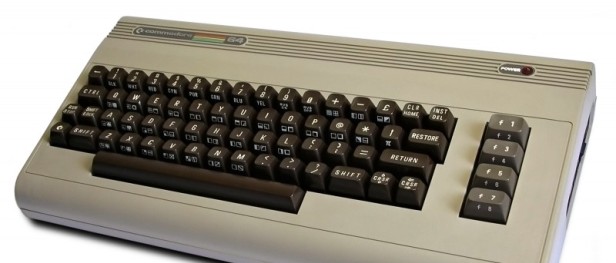Technology is advancing at an increasingly accelerating pace. We only have to look at the progress made with mobile phones in recent years and how the Internet is spreading to new areas. But already in the second half of the twentieth century, particularly in the last few decades, a good deal of innovation was taking place.
In this article we have compiled five technology breakthroughs that already seem to belong to another era, but have meant great leaps to get us where we are now. Our journey begins in the sixties, when Telstar 1, the first commercial satellite, was put into orbit, and takes us to the eighties, when the first mobile phone was created.
Telstar 1: we got into orbit
July 1, 1962 saw the launch of the first commercial satellite in history: Telstar 1. That moment, more than 50 years ago, was the starting pistol for a technology that has revolutionized the telecommunications sector. Bell Laboratories, at American Telephone and Telegraph Corporation (AT & T), worked in collaboration with NASA, with the support of the British Post Office and the Post Office of France, to carry out the project.
The result was a spherical satellite, 77 kg in weight, controlled from three ground stations, each one of which was located in one of the three countries taking part in the project. It could circle the Earth in two and a half hours. Telstar 1 blessed us with the first satellite television broadcast, made by NBC, CBS and the BBC. Images of the Statue of Liberty, part of a baseball game and a press conference of President John F. Kennedy were shown.
Intel 8080, the processor that fired the first PCs
The 1970s saw the birth of the first personal computers. Technology had reached a point where it was possible to place on a device of a suitable and marketable size the resources that previously only businesses had been able to afford. One of the products that contributed to the explosion of this market was the Intel 8080.
In 1972, engineer Federico Faggin began designing the architecture of a new 8-bit processor and proposed the project to his company, Intel. Two years later, in 1974, the Intel 8080 was available on the market. It operated at a frequency of 2 MHz and could handle up to 64 KB of memory. In the coming years it would become the basis for computers like the Altair 8800 or the IMSAI 8080.
Commodore 64, the best ever selling personal computer
Made by Commodore International, this computer was launched in 1982, after a stellar presentation at that year’s CES. The company’s intention was to create a relatively affordable product that could be used in homes. It began selling for $ 595.
The Commodore 64, with 64KB RAM, sold millions of units worldwide and holds the honorary title of being the best ever selling personal computer worldwide. Such was the excitement aroused by this machine that online emulators can still be found.
Motorola DynaTAC, the first mobile phone, weighing in at almost a kilo
The year was 1972 and AT&T had asked the FCC (Federal Communications Commission) for approval to install a wireless phone service network. Motorola, one of the pioneers at the time, made a request to its head of R&D, Martin Cooper. He was to build a functional terminal within six weeks.
The project was led by Rudy Krolopp who, in early 1973, used the first mobile phone prototype in history to call Joel Engel, who in turn had been commissioned by AT&T to bring out the same invention. The result, in its commercial version, was the Motorola DynaTAC 8000x, which finally went on sale in 1983. It weighed 800 grams, measured 33 x 4.5 x 8.9 cm and was priced at $ 3,995.

The first Macintosh, the starting point of Mac
On January 24, 1984 the first Macintosh was launched, supported by an enormous advertising campaign (millions will have seen Apple’s advertisement, filmed by Ridley Scott, which introduced the computer into George Orwell’s dystopian universe, taking advantage of the fact that that year was precisely the title of Orwell’s best known work). It was the first machine to be sold with a graphical user interface.
The Macintosh 128k had 128 KB of RAM, as its name suggests, and a nine-inch monochrome monitor with a resolution of 512 × 342 pixels. It was not as well received by the market as had been expected. But the computer marked the beginning of a saga that has been the symbol of Apple for many years and continues to this day.










